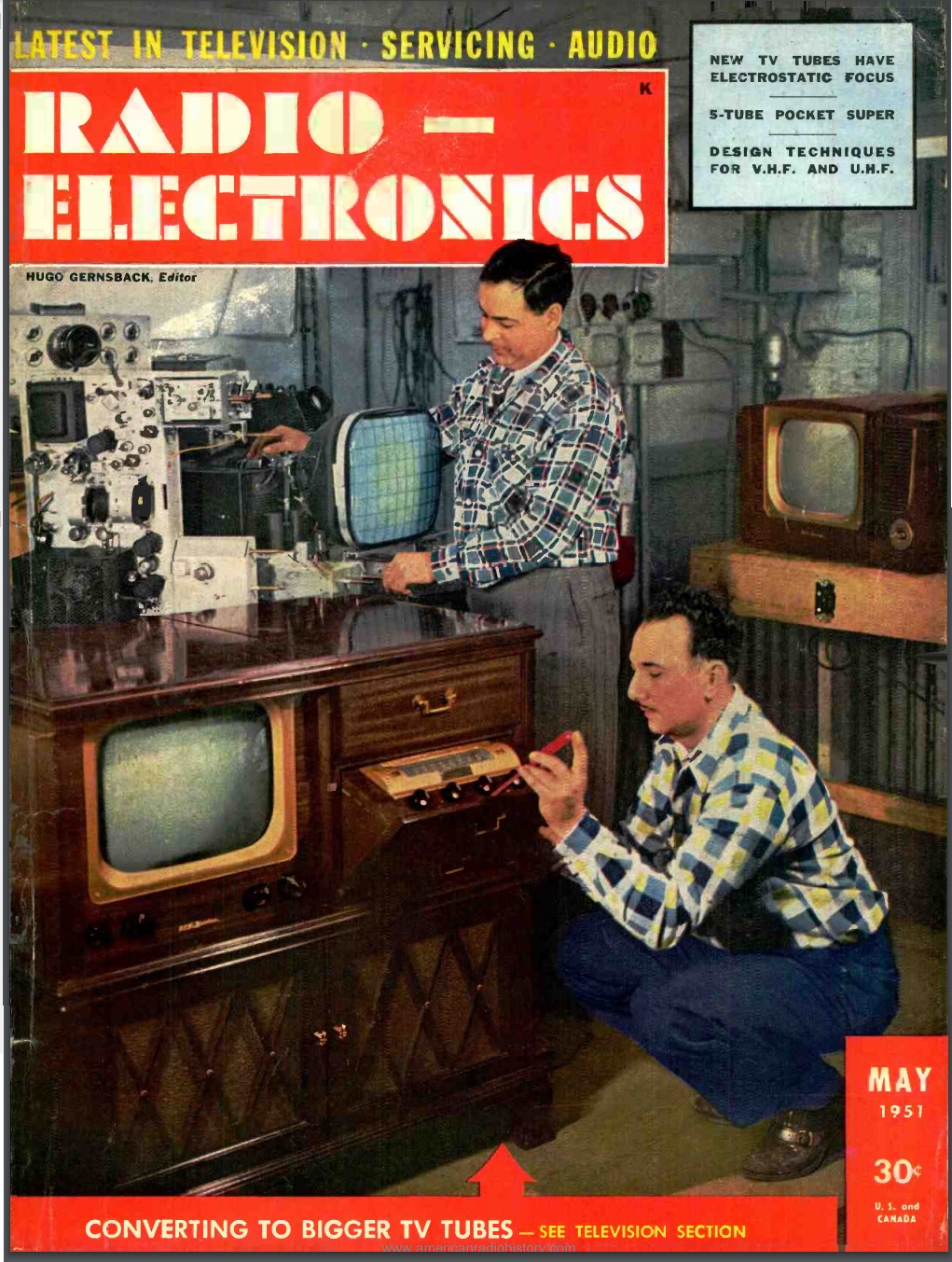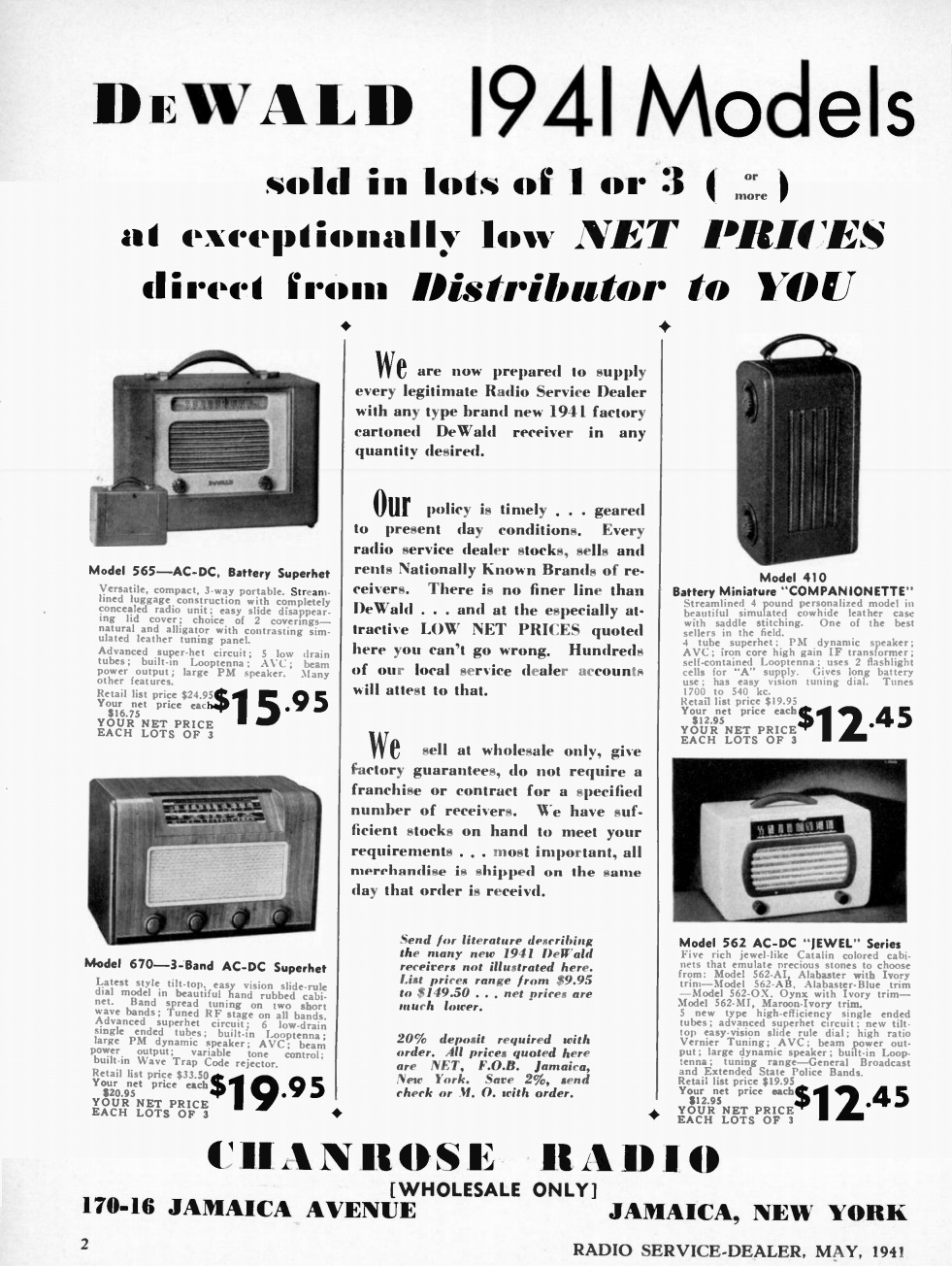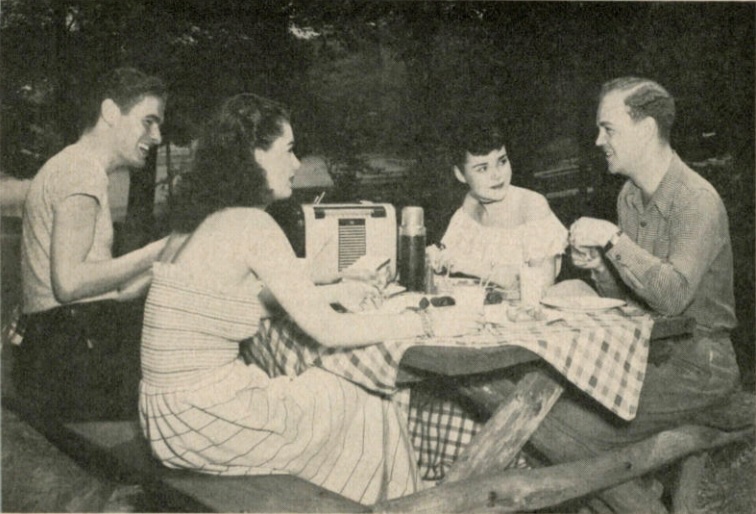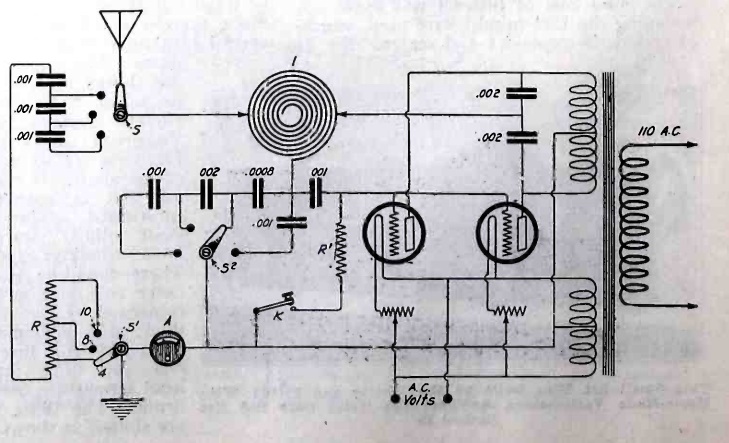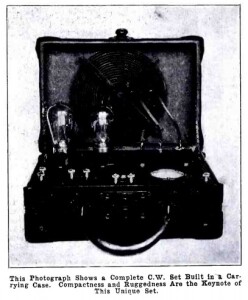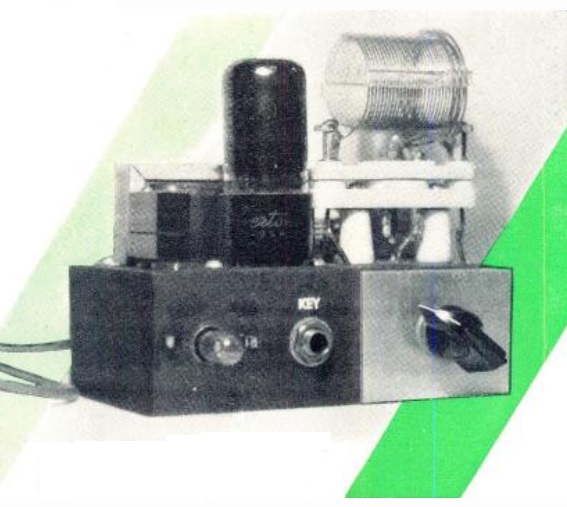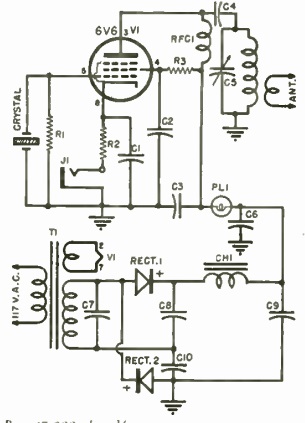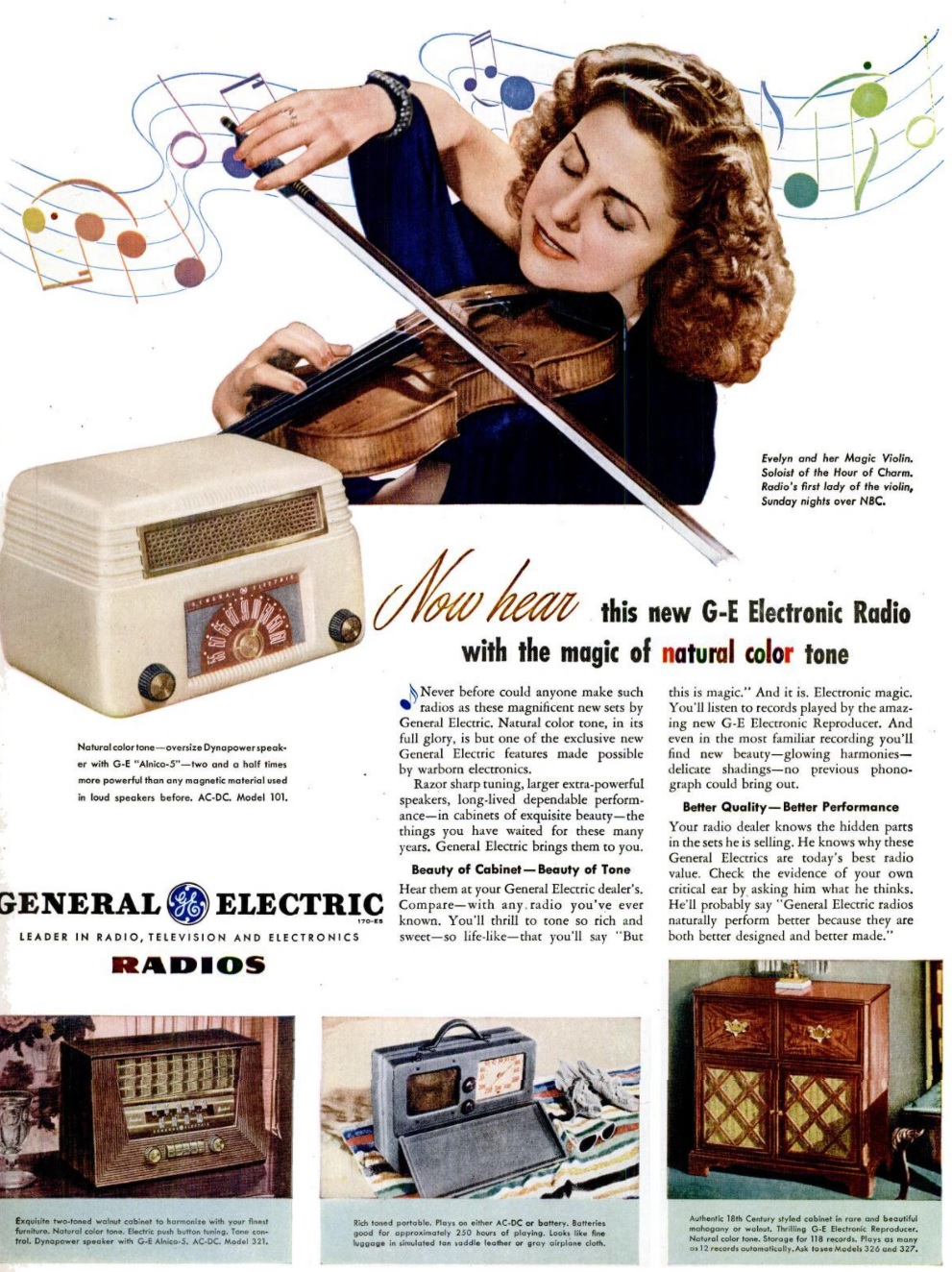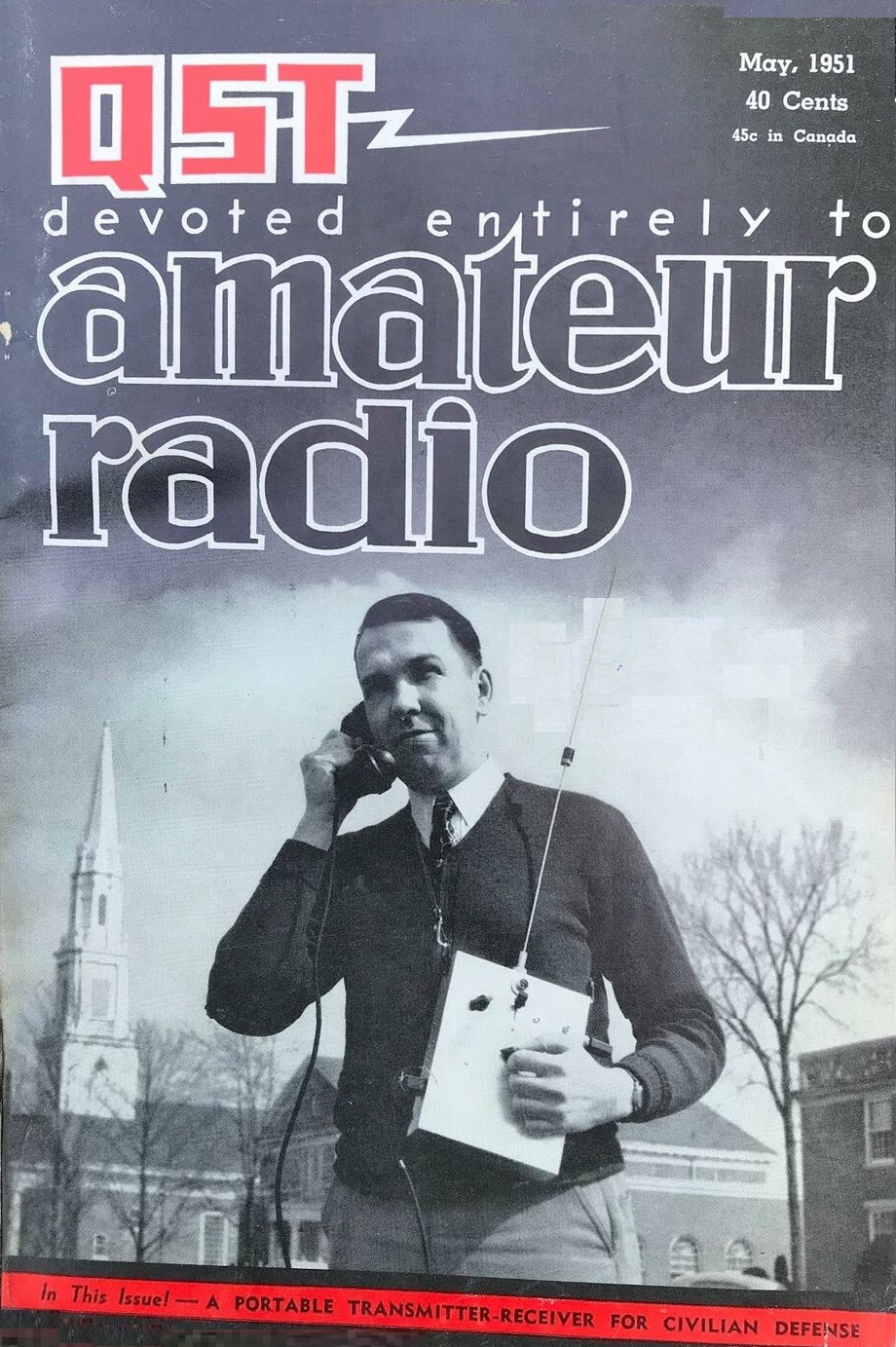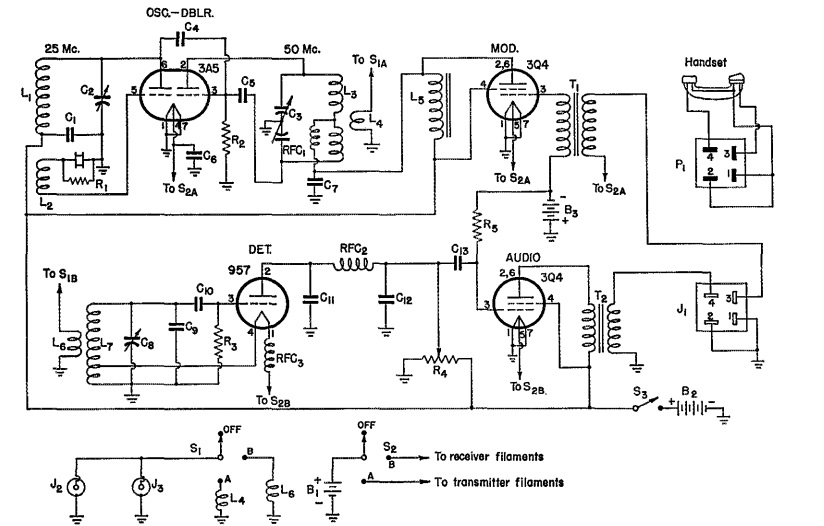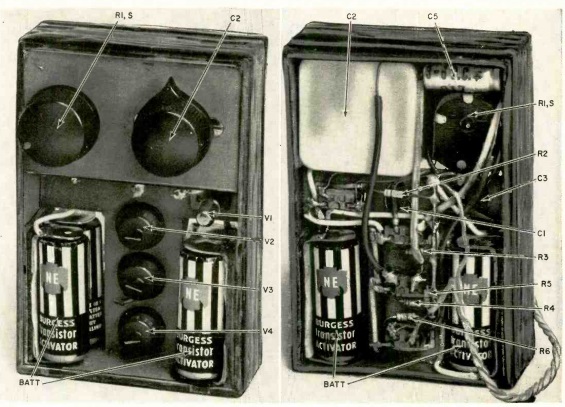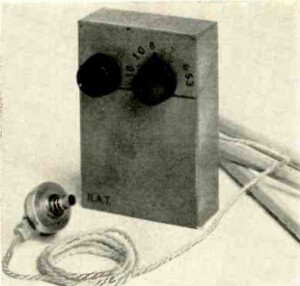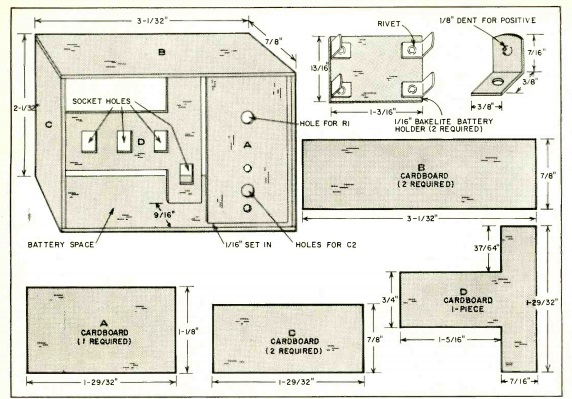Oklahoma was admitted to the Union in 1907. Its constitution did not call for strict racial segregation, because it was feared that Republican President Teddy Roosevelt would veto the document.
But as its first order of business, the Democratic dominated state legislature passed its Jim Crow laws. Despite the hostile political environment, an African-American community, including many veterans of World War I, thrived in the Greenwood district of Tulsa. The community included several grocers, two newspapers, two movie theaters, nightclubs, and churches. Its citizens included doctors, dentists, lawyers, and clergy. There’s no way of knowing for sure, but I suspect that a handful of residents owned a radio, as was normal in a thriving middle-class neighborhood.
All of this came to an end on May 30, 1921, when young Dick Rowland, black, was accused, probably falsely, of assaulting a white elevator operator. He was arrested, at at some point, a white mob showed up to lynch him. The sheriff did his best to protect the prisoner, including positioning officers in the stairway of the courthouse with orders to shoot to kill any intruders. At some point, a group of black men, some armed, showed up to help protect the courthouse. The sheriff convinced them that they were not needed, and they departed.
In the next 24 hours, Greenwood was destroyed by marauding rioters and aircraft dropping firebombs. The exact number of deaths will never be known, but estimates range from 36 to 300. Over 800 were injured, and most of the Greenwood district was destroyed.

![[Smoke billowing over Tulsa, Oklahoma during 1921 race massacre]](https://tile.loc.gov/storage-services/service/pnp/cph/3a30000/3a34000/3a34200/3a34286r.jpg)
